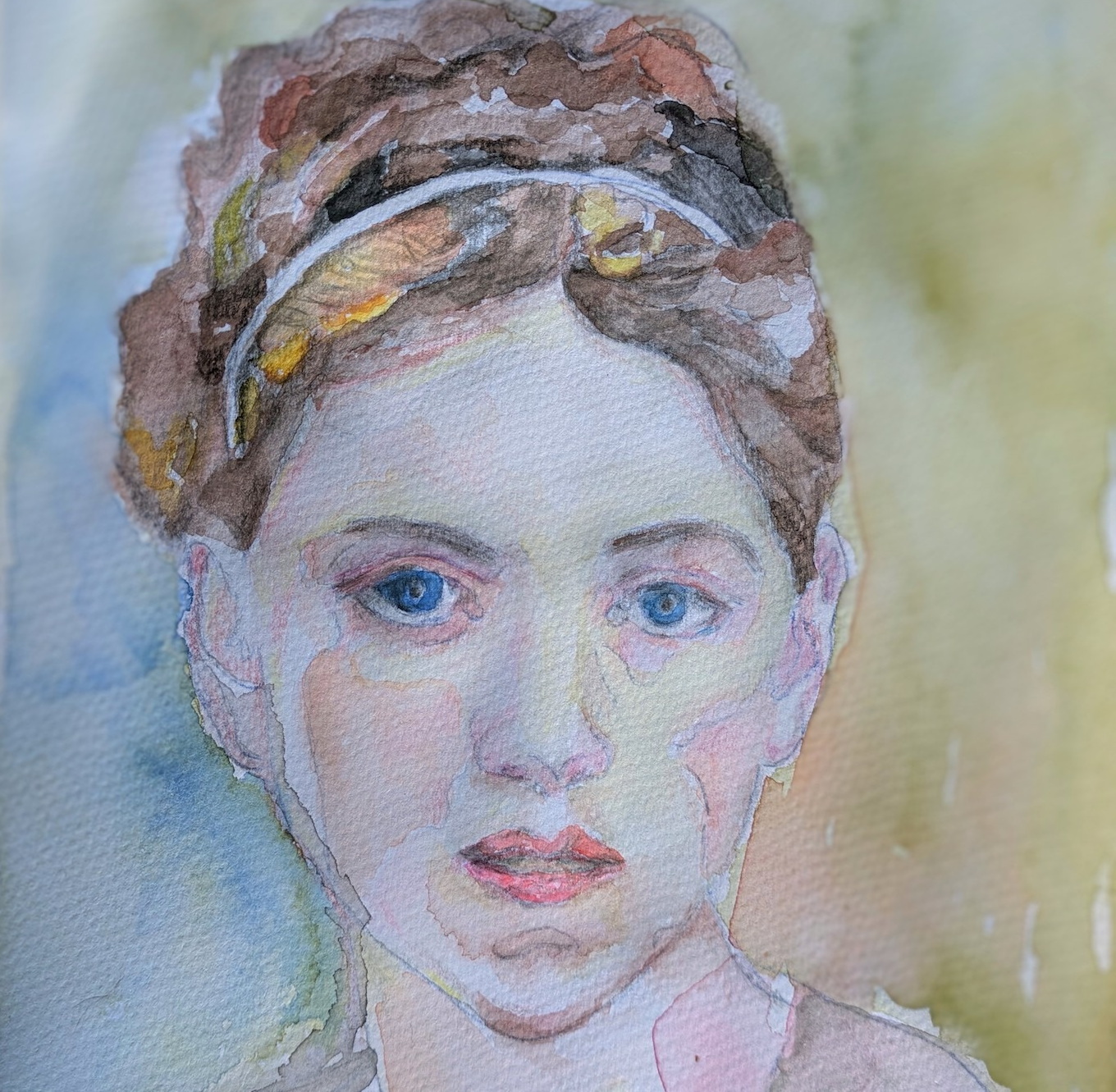The Story of Survival and Self-Discovery
The narrative unfolds during the tumultuous times of World War II, centering on Ada, a young girl with a clubfoot, and her brother Jamie as they evacuate London to find safety in the countryside. This story goes beyond the backdrop of war, highlighting Ada’s personal growth as she learns to believe in herself despite her physical and emotional hardships.
Locked away by her mother due to her disability, Ada’s early life is marked by isolation and harsh treatment. Deprived of freedom and friendships, she navigates the bleakness of her existence within the confines of a small apartment. The evacuation to the countryside becomes a pivotal turning point, introducing Ada to new possibilities and a chance at freedom and acceptance.
Transformations in the Countryside
During the train journey to safety, Ada’s gaze catches a glimpse of a young girl riding a pony, igniting a new dream within her. This symbol of freedom and joy contrasts sharply with the dark cloud of her past, hinting at the hope and transformation ahead. Ada and Jamie are taken in by Miss Susan Smith, a woman grieving her own loss but gradually healing through care and love for the children.
The emergence of this new family unit offers emotional healing not only for the children but also for Miss Susan. Their shared journey underscores the universal need for connection and compassion, proving that love can mend even the deepest wounds.
Historical Context: The Evacuation of Children in World War II
During the World War II era, evacuating children from cities prone to bombing raids was common in Britain, aimed at protecting the young from the dangers of air attacks. Many children faced not only physical displacement but also psychological and social challenges, especially those with disabilities or special needs, who often found themselves marginalized.
Medical accessibility was limited at the time, and newborn policies and laws of today promoting equal rights for children and disability inclusion were yet to develop. Bullying and neglect were frequent, making Ada’s story a reflection of broader societal struggles that children faced during that period.
Lessons from History
- Children with disabilities in the 1940s often lacked medical care and social support.
- Evacuations exposed many young people to new environments and foster families, which could either heal or challenge their emotional well-being.
- The experience of wartime evacuation shaped many lives, accelerating social changes and awareness of children’s rights and welfare.
Symbolism and Themes: A Spectrum of Hope
Ada’s journey is richly layered with metaphorical colors representing the stages of her healing and growth:
| Color | Meaning |
|---|---|
| Soft Greens | Peace and healing found in the countryside’s natural beauty |
| Warm Golds | Hope sparked by newfound friendships and simple pleasures like pony rides |
| Bright Ribbons | Resilience and determination shining through adversity |
| Blue | Confidence blossoming as Ada experiences freedom and joy |
This palette vividly illustrates how personal transformation can bring light to even the darkest experiences, demonstrating that courage and kindness are vital fuels for growth and renewal.
Enduring Message for Today
Although Ada’s story is set many decades ago, it resonates with contemporary themes of inclusion, resilience, and the importance of empathy. It reminds us that even today, children facing challenges need support, friendship, and understanding to thrive. Advocating for kindness and standing up against exclusion remain crucial lessons.
The Future Impact on Culture and Travel
Stories like Ada’s not only enrich literary culture but also influence how societies approach inclusivity and care, which can extend to tourism and travel practices. Destinations that promote accessibility and offer adaptive activities encourage broader participation, creating welcoming environments for all visitors.
Imagining historical journeys through modern destinations enhances the appeal of places with rich cultural heritage and scenic countryside, drawing interest from travelers seeking meaningful experiences linked to history and human stories.
Summary and Reflection
“The War That Saved My Life” presents a powerful narrative of overcoming obstacles and finding hope amid adversity. From the intimate struggles of Ada’s childhood to the broader historical context of wartime evacuations, the story engages readers with heartfelt emotion and inspiring transformation.
For those enchanted by tales of hope and resilience set against historic backdrops, this story affirms the importance of compassion and shared humanity.
If you are passionate about exploring diverse destinations with rich historical narratives or simply enjoy tales of courage and discovery near the water or in serene countryside, consider visiting GetBoat.com. This international marketplace for renting sailing boats and yachts offers unique opportunities to experience places linked to history and natural beauty, perfect for adventurers seeking connection with the sea, sun, and stories waiting to be uncovered.

 Exploring Ada’s Courage in Kimberly Brubaker Bradley’s The War That Saved My Life">
Exploring Ada’s Courage in Kimberly Brubaker Bradley’s The War That Saved My Life">
